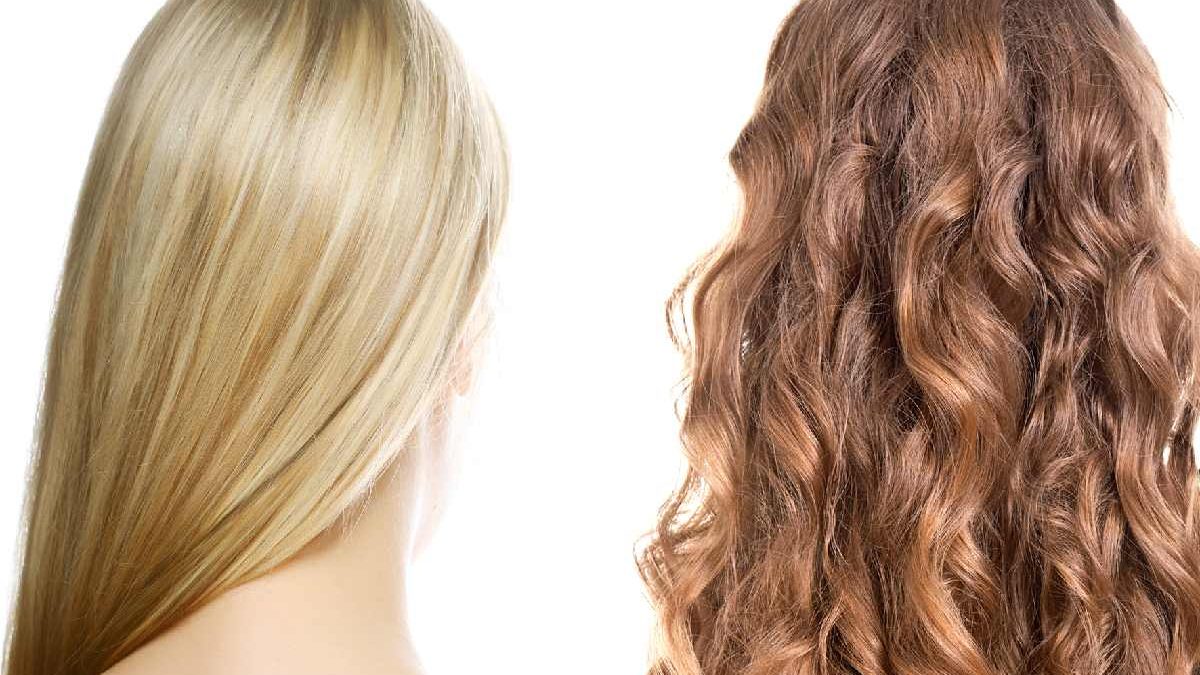Hair is Straight or Curly: Science Explains itIt seems like a trivial matter, but it will not be so if almost no one is satisfied with the hair received. And by the way, which one is better?
The reason your hair is straight or curly is nothing trivial or straightforward. On the one hand, the type of hair format is so strong that it psychologically embitters a part of each child’s adolescence and youth, either because they differ from the group with their Afro-style image, for example, or because their hair is straight. Incompatible with wearing a hairstyle with grace and volume. On the other hand, what interests us is that a whole battalion of fascinating biological, genetic and physiological circumstances behind a single strand explain why a hair fibre can be curved or straight.
Curiously, we would like to say that according to the American nutritional genomics company GB HealthWatch, based on research by doctors from the Queensland Medical Research Institute (Australia), 45% of the Caucasian population in Europe has black hair. . straight, another 40% look wavy and 15% belong to the group of so-called closed curls. At the moment, science says that belonging to one category or another naturally depends on three interconnected elements.
Table of Contents
Genetics and Internal Factors
Inherited from our ancestors make a person born with straight or curly hair,” says Dr Xenia Vorobieva, an aesthetic dermatologist at the Vila-Rovira Institute, a specialist in hair restoration and hair aesthetics. As the expert points out, to a large extent, it is these genes that will determine almost everything, in particular one with a name of its own: TCHH is the one that creates the trichohyaline protein present in the cells that form each follicle and, therefore has a lot to say when it arises to giving strength and shape to the hair root, because the strand is also vital, but we will explain that later.
The Queensland above Institute of Medical Research scientists found that a mutation of this gene was responsible for the formation of curly hair in a percentage of the European population. Its presence in each person’s DNA marked the difference between those who had straight hair and those who wore it curly.
The Existence of the TCHH Gene and its Amount Directly Accompany Another Vital Factor:
The hair follicles, those small cavities where hair grows. Its size and especially the shape of its opening to the outside determine the thickness of each hair and its final appearance. “The common belief is that a curly fibre comes from a curly follicle. That is, if the follicle is curved, the newly formed fibre curves towards that shape, creating the crimp,” says Jeni Thomas, chemist and principal investigator. It must busy into account that the fibre or hair, as Tomás himself recalls, “forms at the base of the follicle in the scalp and undergoes a hardening process before becoming the fibre or hair as it is, as we are seeing”. The”. As the hair grows, it rises inside the follicle, and depending on how the hole is on the outside, the hair takes on one shape or another. In strands with a circular circumference, the hair is smooth; those whose shape, whether flattened, asymmetric or elliptical, result in curls and waves.
In this complicated genetic system of cells and molecular chains, we also find a third essential element: keratin.


